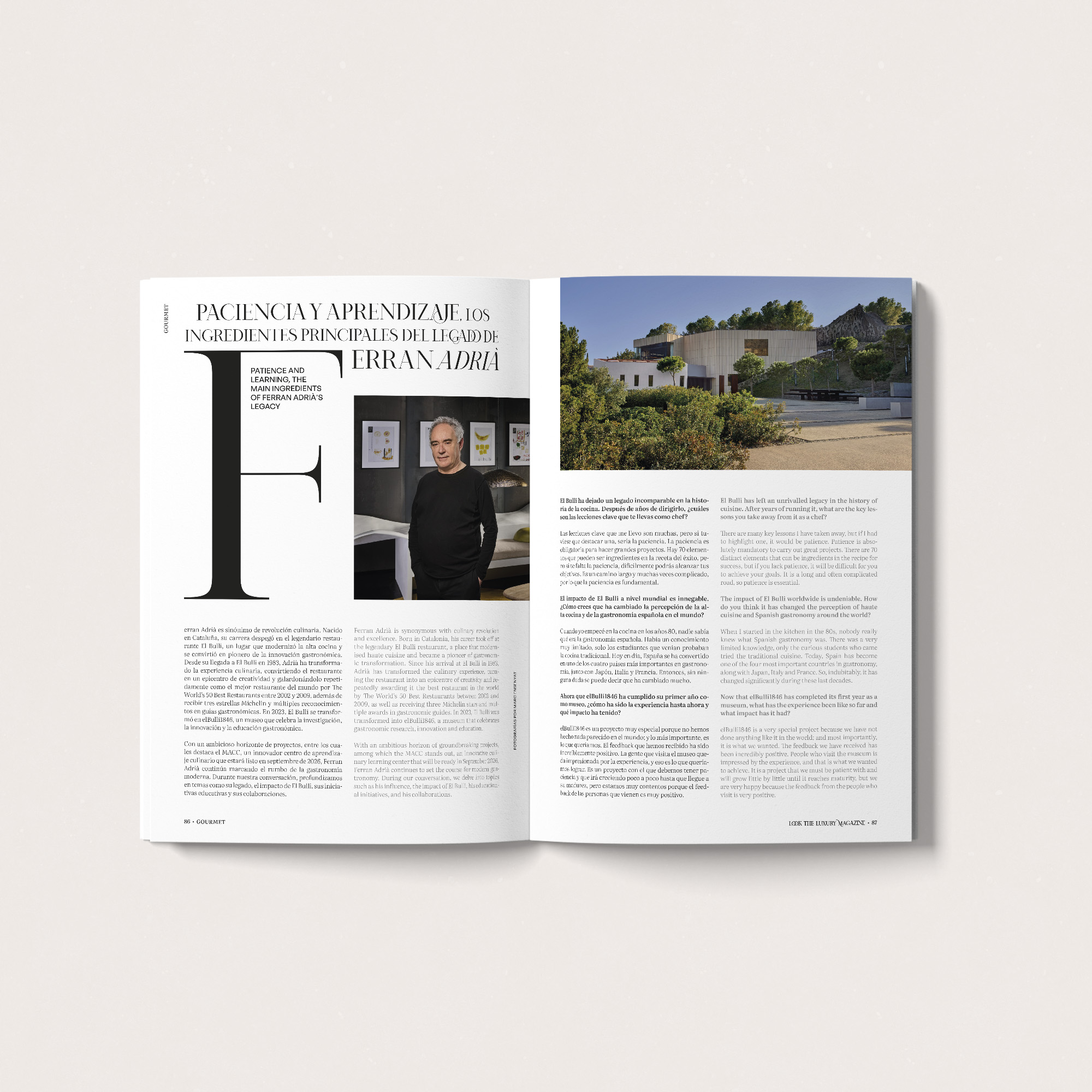Yesterday, at the prestigious Goodwood Festival of Speed, model and television personality Jodie Kidd dazzled attendees by unveiling the latest model from Hispano Suiza Cars: the Carmen Sagrera. This impressive hypercar represents the latest innovation in automotive design and technology from the iconic Spanish brand.
This marks the third model in the company’s range of electric hypercars, arriving to commemorate the brand’s 120th anniversary. It comes with updated design, enhanced performance, and a new 103 kWh battery.

The technology includes new packs of next-generation lithium-ion cells, organized into 15 modules of 24 cells each, totaling 360 cells. Despite their advanced capacity, these batteries are surprisingly lightweight, weighing only 612 kg, and can operate at a maximum voltage of over 750VDC.
The increased capacity of 103 kWh, compared to the previous 80 kWh, reflects a significant improvement, allowing for more energy storage in the same volume. This results in a notable extension of the Sagrera’s range, now reaching approximately 480 km according to the WLTP cycle. This increase of about 100 km compared to the previous model provides drivers with greater freedom and efficiency.
Design
In the front-end design, there’s a clear evolution emphasizing the model’s sporty appeal to give it more character. The sharper grille shape pays homage to the front-ends of certain Hispano Suiza Alfonso XIII models, luxury sports cars from the early 20th century. The air vents on the front hood have also been redesigned, adopting a more streamlined style in line with those at the rear; a change that is not only aesthetic but also functional. The new side skirts extend along the sides and rear panel.
At the rear, the most significant advances in design and aerodynamics are concentrated, featuring a large rear wing shaped like stork wings, paying homage to Hispano Suiza’s distinctive emblem

This spoiler is divided into two parts, optimizing the aerodynamic shape of the wings The side panels with solid paint subtly complement the rest of the piece, which is in exposed carbon fiber.
As required, a large spoiler necessitates the use of a diffuser; in this case, apart from its aerodynamic function, it has been seamlessly integrated into the Sagrera’s design with copper accents, following the Boulogne tradition, which adds a new touch of elegance and heritage. The wing and other aerodynamic appendages enhance the car’s downforce and grip, improving cornering ability and enabling greater lateral acceleration.
Inside, the interior perfectly complements the sporty spirit of the Sagrera. It features a redesigned central console and infotainment system in harmony with the brand’s color palette. The upholstery is in Alcantara with details in black and red leather, showcasing superb quality and a selection of materials that emphasize the exclusive character of the model.

The multimedia system offers full connectivity options, and each user can personalize their welcome message.
Performance and technology to match the design
The Sagrera is equipped with 4 motors of 205 kW (approximately 275 hp) each, providing a combined power of 1,100 hp and a torque of 1,160 Nm in its high-performance configuration, achieving 0-100 km/h in just 2.6 seconds. The motors are permanent magnet axial flux and connected in series: two on the left side and two on the right.
The transmission delivers power to the rear axle and features a virtual limited-slip differential to optimize track performance and efficiently transmit the immense torque to the tires, specifically Michelin Pilot Sport 4 S in this case. Developed in direct collaboration with Michelin’s technical center, these tires feature a design inspired by storks and Antonio Gaudí’s mosaics, enhancing the vehicle’s uniqueness and exclusivity.
The suspension of the Sagrera has been designed following the guidelines of multiple dynamic simulations, aiming to achieve the performance and handling characteristics of a competition vehicle. The suspension adopted on both axles is a double wishbone type with dampers that allow adjustment of compression and rebound settings, and adjustable coil springs in terms of stiffness and height. All of this is complemented by a stabilizer bar that connects both sides.


The engineers at Hispano Suiza have machined the control arms to maximize weight reduction and use axle shafts made from a special military-grade material that boasts up to 8 times the strength of conventional steel.
For fastening, special aerospace-grade and competition-origin hardware is used, ensuring secure and reliable attachment. The new Sagrera features an evolution in its braking system. The calipers are monoblock, providing superior rigidity for optimal braking feel. Furthermore, weight reduction efforts have lightened each caliper by 500 grams.
Additionally, it features 400mm carbon-ceramic discs on both axles to withstand the constant braking demands of a circuit and endure long sessions without signs of fatigue Furthermore, cooling has been enhanced to widen the optimal operating window, as circuit temperatures can reach up to 1,000 degrees.
With all these advancements, the braking power of the new Sagrera increases by 5%.
To convey all these sensations, the system is completed with a stiffer and better-gripping pedal assembly, along with specific steering adjustments.










